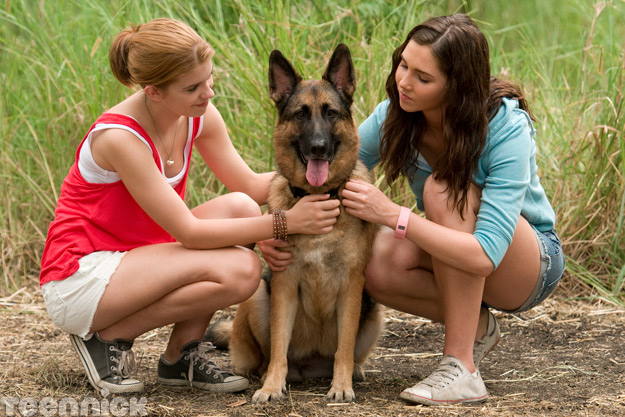Are you
decided to have a Pet in your house then try to have a Lovely rabbit for you.
1.
Rabbits are very silent
For
your neighbors, animal sounds can be a big concern. And rabbits make little to
no noise. The fact that Rabbits are so quiet is also great if you’re a light
sleeper and your rabbit decides he’s really a night owl.
2.
Rabbits are so cute and lovely
Rabbits
have very distinct personalities. These animals can be charming, affectionate
and very interactive. When choosing a bunny as a pet, spend some time getting
to know him before you decide to take him home to be sure his personality fits yours.
Just like more traditional pets, some bunnies are rambunctious and playful,
while others may be more shy and reserved.
3.
Rabbits are more closer to their owner
Just like dogs or cats, rabbits get to know their
owners well. They recognize them by voice and sight and will even come on
command. Bunnies may even follow their owners from room to room and jump up on
their laps when called.
4.
They needs very less space
If you
are looking for a pet who require very less space then a rabbit may be right for you. As long as
bunnies get a couple of hours of exercise running around outside of their cages
in a bunny-safe room or house, they may be kept in relatively small cages. The
space needs to be large enough for them to stretch out in and allow room for a
litter pan in one corner and a feeding station for hay and pellets in another.
Some rabbits also like an upside-down box to hide in.
5.
They can be trained easily
They can be trained not only to use a litter box , but also to run through obstacle courses and to do tricks using the principles of positive
reinforcement training, rabbit owners can encourage their pets to learn certain
behaviors by repeatedly rewarding them with special treats when they perform
these behaviors. It’s best to use novel treats that they only get during
training. With just a few minutes of training a day, rabbits can learn to jump
through hoops, retrieve items and run through mazes. Many rabbit owners don’t
realize they can use the same techniques that are used to train dogs to train their smart bunnies as well!
6.
Rabbits live very long
If
Rabbits are cared properly then they can live eight to 12 years or even longer.
Small-breed rabbits can easily live into their teens when they are well taken
care of. Long life span is an attraction for many people looking for small
non-cat/non-dog pets, because most other small mammals kept as pets, such as
hamsters, gerbils, rats and even guinea pigs, often don’t live as long. In
general, rabbits housed indoors live longer than rabbits housed outdoors
because they are not subject to attack from predators, overheating, frostbite, and
certain infections carried by other animals or found in soil, and other
injuries.
7.
Rabbits are available in all shape and size
Rabbits
have more than 50 types of breeds. So they come in size and in coat color,
length and texture, there is a bunny breed for everyone. Different breeds of
rabbits are known to have different temperaments, so it is important that you
choose a pet rabbit based not only on looks, but also on personality.
8.
Easy to rescue
Adopting
a rabbit is a relatively easy thing to do. Who wouldn’t feel good giving a
homeless rabbit a new place to live? Rabbit shelters can be found in nearly
every state, and the Internet is a great resource for finding one near you.
9.
Rabbits are clean Pets
Without
any training too they are very clean Pet. When given clean, dry, paper-based
bedding in their cages to absorb urine and a place to defecate in the corner, they
can easily be litterbox-trained and
will generally keep themselves very clean with frequent grooming. Owners can
help keep their bunnies clean by brushing them a few times a week. Long-haired
rabbits, such as the Angora species, may need daily brushing to keep their
coats from matting with bedding, hay or stool.
10.
They are too cute
If you
are thinking for having a cute pets then Rabbits are for you only. Rabbits
aren’t perfect pets for everyone, if a family has the time and finances (for food housing and veterinary care)
available for a rabbit and is willing to learn about the needs of these animals
before adopting one, a bunny can be a wonderful addition to a loving home.
Then
let’s have a Rabbit in your House today ……







